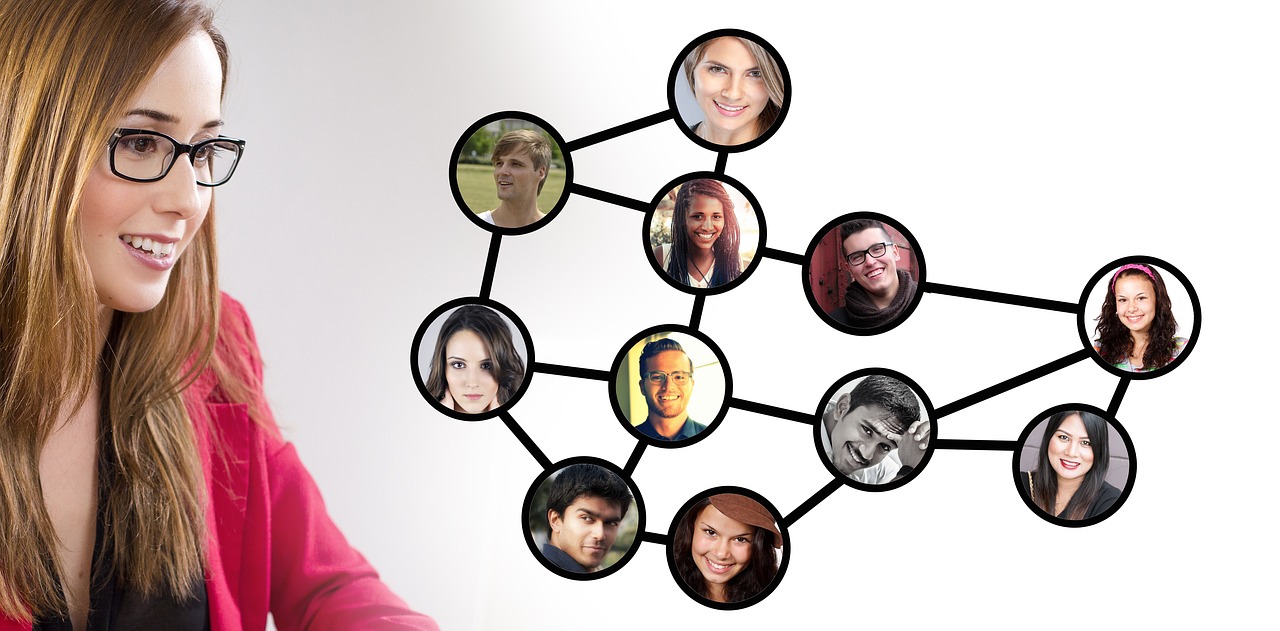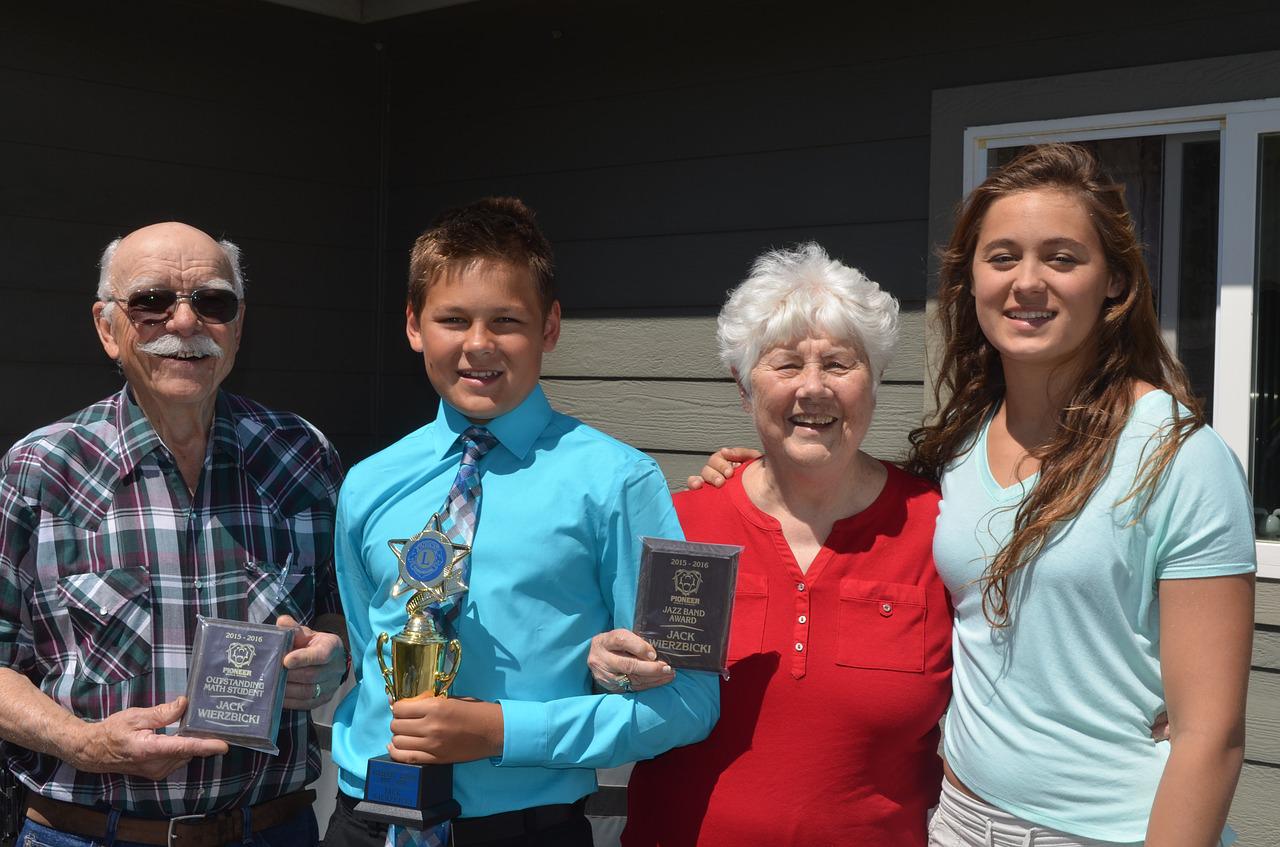Personal growth: Individual Effort in Social Systems
Does an individual’s anxiety level vary when embarking on a journey of personal and spiritual growth? How would the existing social system react to the change? Would the level of anxiety vary over a long period? What sustains the individual on their journey? With these questions, I did a research project including in-depth interviews of ten family systems from different cultural backgrounds and localities. Here are some key lessons.
1. Personal growth is an individual effort.
As one grew and changed, the existing social system, such as one’s family system, would make a difference in the experience. The more calm and more supportive the family was, the lower the individual’s anxiety was. And vice versa. However, as the individual learned to proactively and independently grow and change, the individual embarks on a journey that is their own. S/he needs to find a new emotional, functional position with updated beliefs, moving towards differentiation from one’s old way of thinking and values. With this new functional position, no former family support would support or deter their progress in facing new challenges.
2. The level of anxiety could skyrocket when one progresses on the journey.
In the process, an individual confronts multiple pseudo selves, with the system testing their beliefs. One’s belief system is highly personal, so the process can trigger many emotional reactions. “Stress exposes the underlying emotional vulnerability. If one responds by addressing this vulnerability rather than attempting to avoid stress, one can learn to be more adaptive to stress.” The stress can be from 1) the conflicts between one’s new beliefs and one’s previous beliefs; 2) the conflicting thoughts, opinions, and behaviours of other individuals on the new journey; 3) the individual’s getting lost in the learning process of the new social environments. For example, the level of anxiety can skyrocket for one who has a hard time reconciling a high spiritual standard and their own flaws and imperfections. Here, the high standard is a stressor for the individual because of a self-judgmental attitude, a chronic pattern.
3. This lonely journey must happen within social systems.
One does not grow in isolation. Becoming a more mature and well-differentiated individual requires connecting with people. A common tendency is to seek support from other individuals with similar experiences. It may ease the anxiety in the short run before the individual finally finds a relatively stable new functional position in the system with updated beliefs. Sometimes, other individuals may further increase one’s level of anxiety. These people give the individual a place to work on differentiation!
To stay engaged in the learning process means maintaining one’s function despite anxiety in order to function as a more differentiated self, both in one’s newly founded journey and with one’s existing social systems. If the individual stayed engaged with both the learning process and their family as an integral part of their learning, with endurance, they would reflect on their experiences and solidify their own beliefs. This is a gradual process. In parallel, by staying in contact with the new community, individuals better define themselves. And staying in contact with their families of origin decreases the level of distance in the family system.
4. The social systems would gradually catch up.
If the individual maintains their level of functioning and stays in good contact, the system will “catch up” over a long period. The emotional changes started by the individual’s journey do impact the family system. The family members, rather than projecting their anxiety onto the individual, adapt to the change of the individual. Paradoxically, the level of supportiveness from all families interviewed moved slightly toward the positive end of the spectrum. One’s effort in personal growth has a positive effect on the next generation.
5. Lower anxiety resulted from personal growth.
When individuals learned to adopt a new way of living and generate knowledge in a self-sufficient way, the level of anxiety goes down. The system establishes a new equilibrium after the first decade. From the cycle of doing-reflecting-doing, the individual gains a more comprehensive understanding of the learning process and achieves a balance between inward growth (e.g. prayer, meditation, reading) and outward growth (community building, teaching, services). At this stage, one no longer blames oneself or is overly anxious about one’s imperfection.
One is less affected by pressures from the family or the pressure from the individuals of the Community. Their own principles and convictions are supportive, and one can be open to friendships and consultation with others. One has the flexibility to listen, consult and adjust while adhering to a set of personal principles in line with one’s understanding of the Teachings. One takes ownership to change self to enhance one’s emotional connection with the surroundings, rather than relying on the community to change and provide support. A more mature person contributes to unity rather than consuming unity.
6. Having a research attitude helps.
Last but not least, the research project itself taught me about the healing effect of the research attitude. It helped me to see one’s challenges and difficulties with compassion and understanding. Struggles and tests in life are not an indicator of one’s level of differentiation and certainly not for self-blaming, but they form from a family projection process over many generations. This natural process sets the stage for us before our birth. But as actors on this natural stage, we have choices of how to play the role. To play it well is a lifelong effort that no one else can do for us.
Eve is a coach and a graduate of the Living Systems Clinical Training Program. VisioninCohesion@gmail.com
Read more about BOWEN THEORY
You may find this book by Ron W Richardson interesting: Polarization and the Healthier Church









